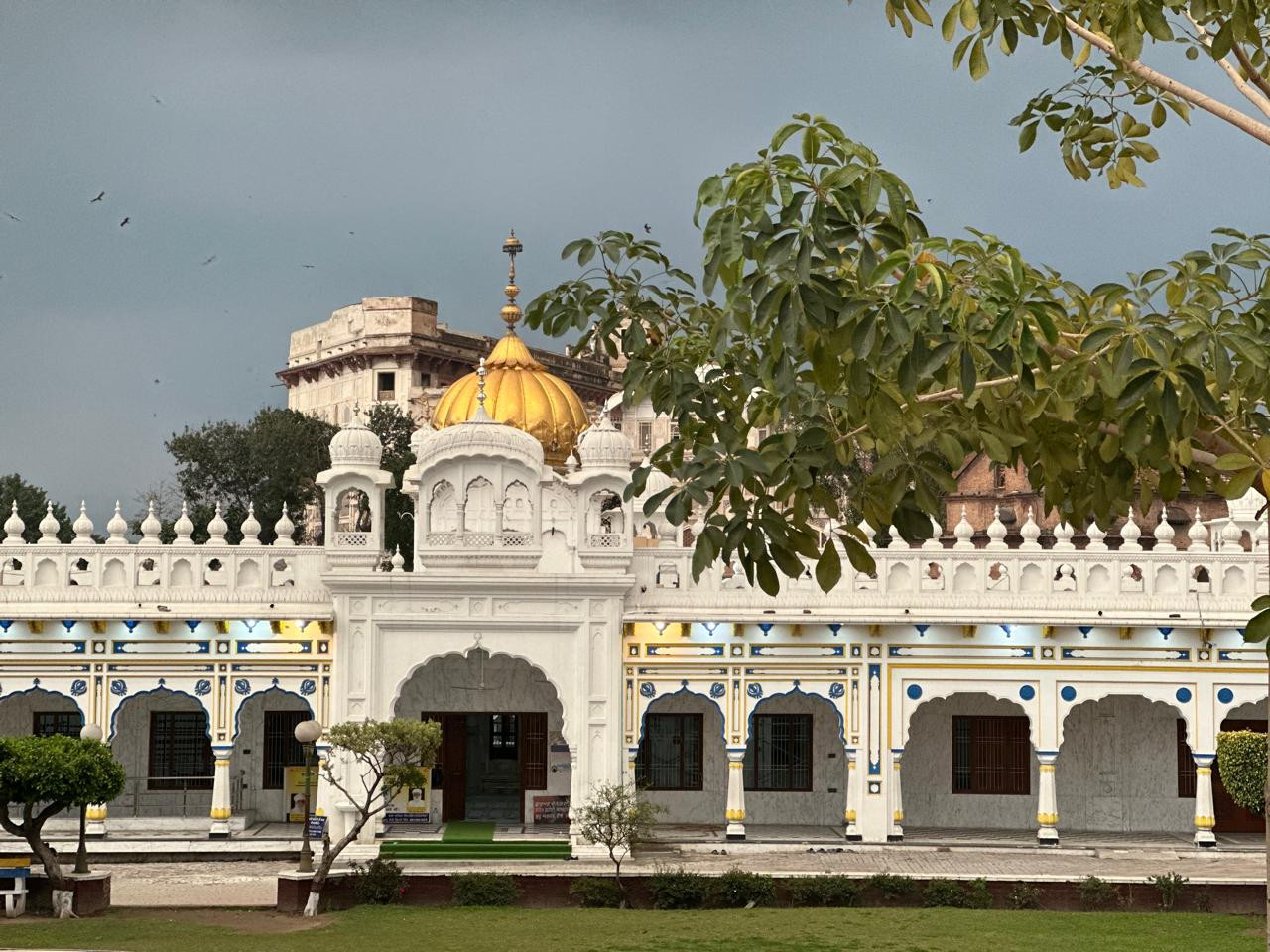Pakistan is home to approximately 20,000 Sikhs. A small minority compared to the millions who lived in Punjab before Partition. There are roughly 200 historical Sikh shrines noted by Iqbal Qaiser in Historical Sikh Shrines in Pakistan. The Pakistan Sikh Gurdwara Prabandhak Committee (PSGPC) currently manages around 21 gurdwaras, according to their website. In these sanctuaries, kirtan is the heartbeat of Sikh liturgical life.
The Sikh Gurus made music central to worship. The Guru Granth Sahib, Sikhism’s scripture, stands out among world religious texts, which are arranged by Raags, which are the melodic frameworks in Indian classical music. Gurinder Singh in The Making of Sikh Scripture notes there are 31 main raags and 29 sub-mixed raags in the text. Out of 1,430 pages, the arrangement of 1,343 according to Raag gives Sikh scripture an inherent musical quality. Its worship is inseparable from music.
Kirtan keeps alive the tradition of singing the Holy Scripture and it has thrived through centuries of devotion, change, and adaptation. The journey that starts with ten Gurus, the Rababi, Ragis, and Dhadhi custodianship, includes the violent dislocations of Partition and its fragile survival in today’s Sikh minority of Pakistan.
Through Stuart Hall’s “being” and “becoming”, Sikh liturgical music in Pakistan emerges as both continuity and change. Being is the unbroken devotion to Gurbani, the centrality of singing scripture.
Becoming means adapting. It’s about replacing traditional musical instruments, using digital tutorials instead of ustads, and drawing on mentorship from the diaspora that is reshaping how music is taught. This duality shows identity as dynamic, not frozen. Kirtan in Pakistan is not a relic but a process: fragile, inventive, and forward-looking.
Gerald Barrier, in The Sikhs and Their Literature, points out that the Gurus stressed kirtan as more than music; it is a spiritual practice
Continue Reading on The Express Tribune
This preview shows approximately 15% of the article. Read the full story on the publisher's website to support quality journalism.
